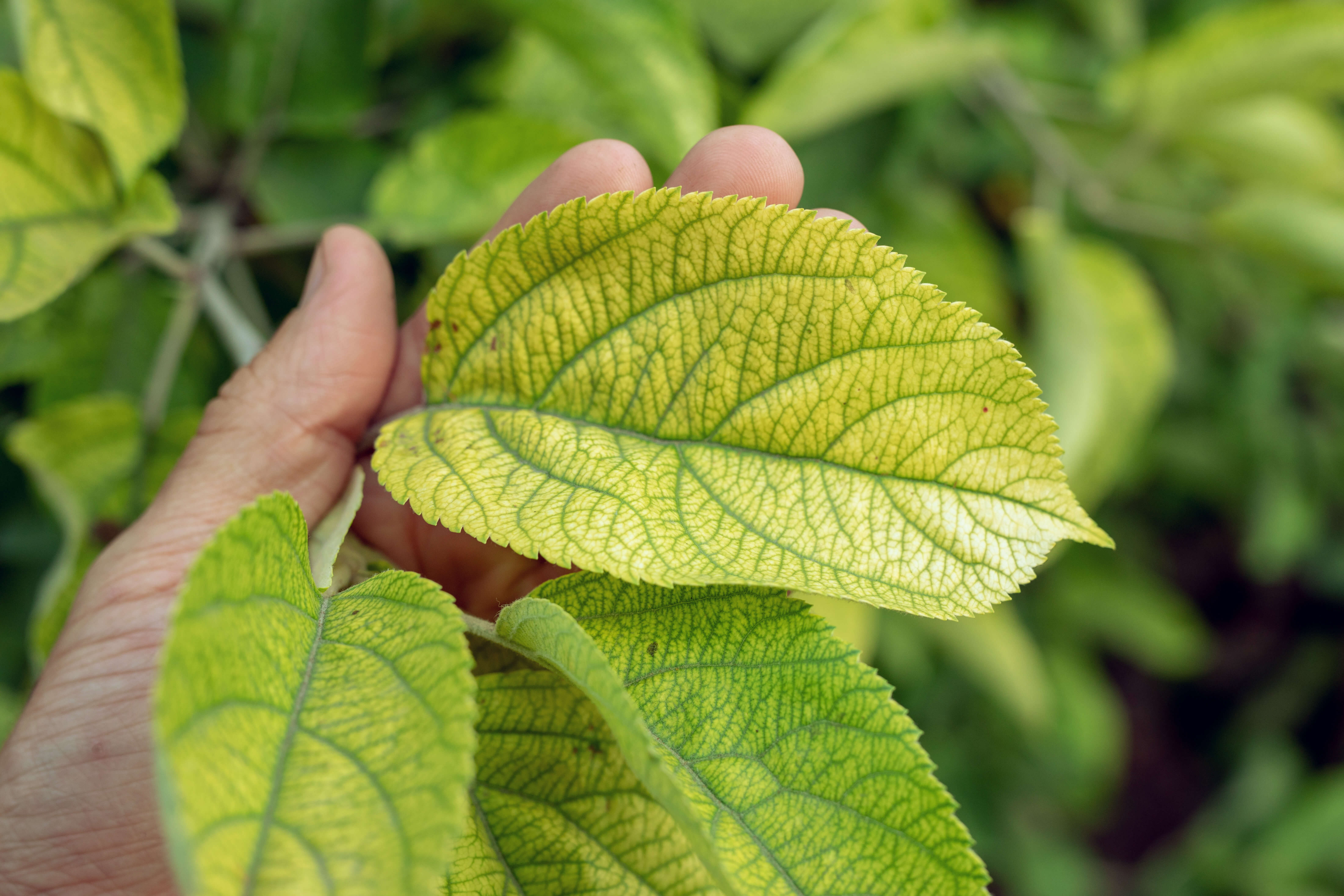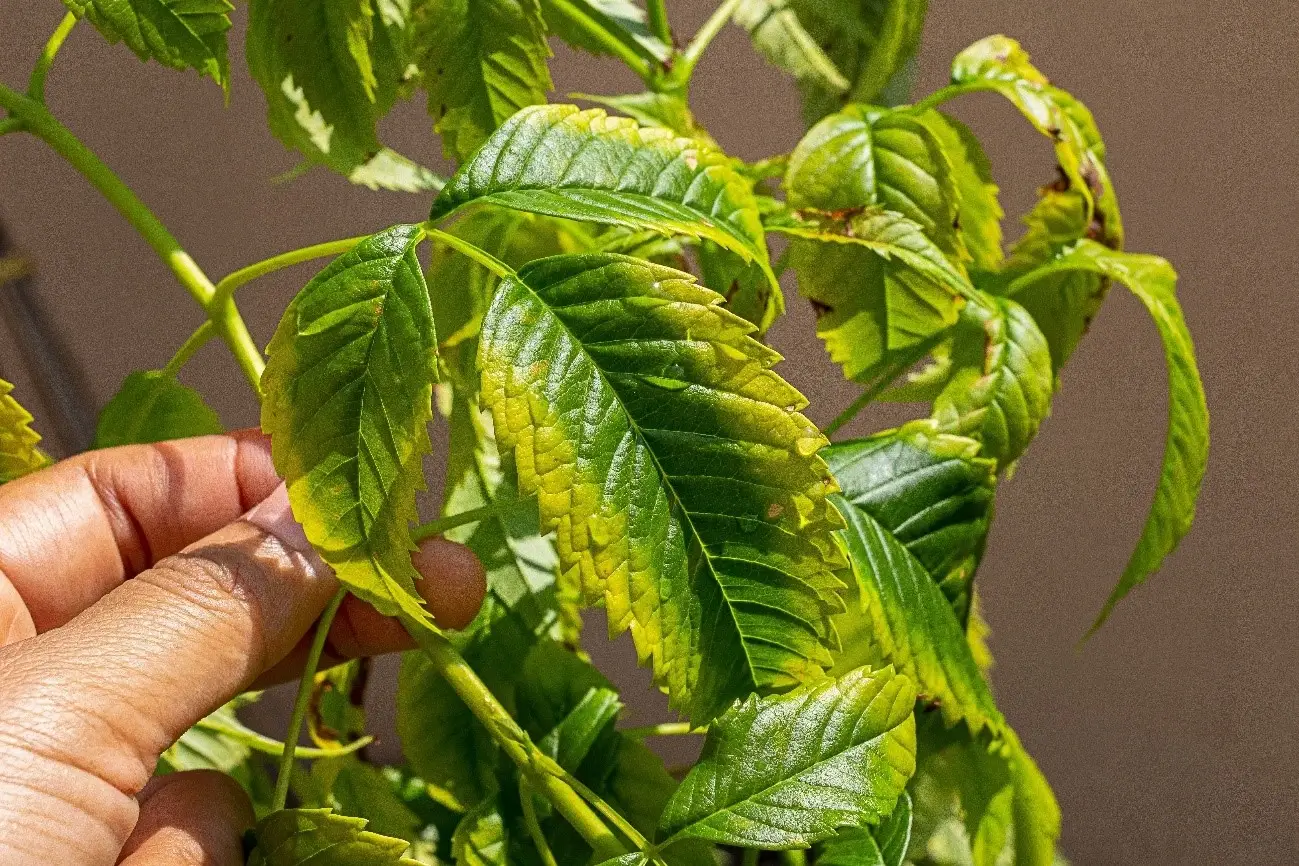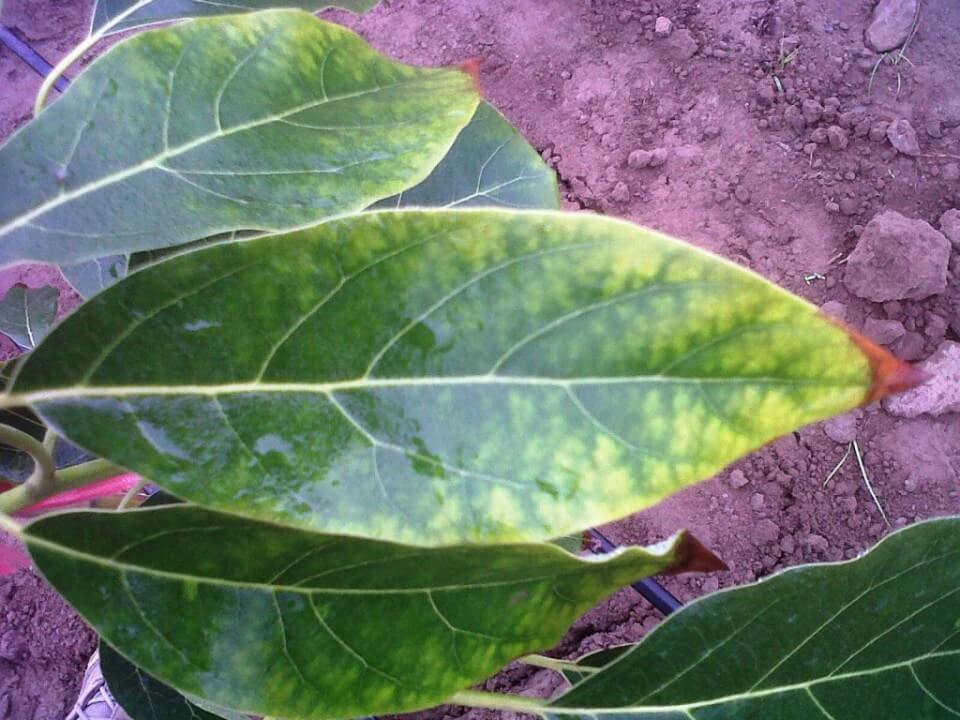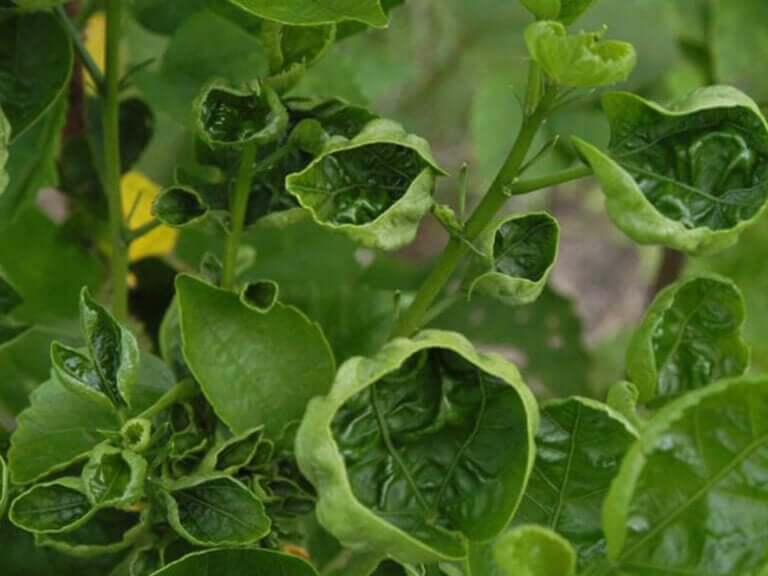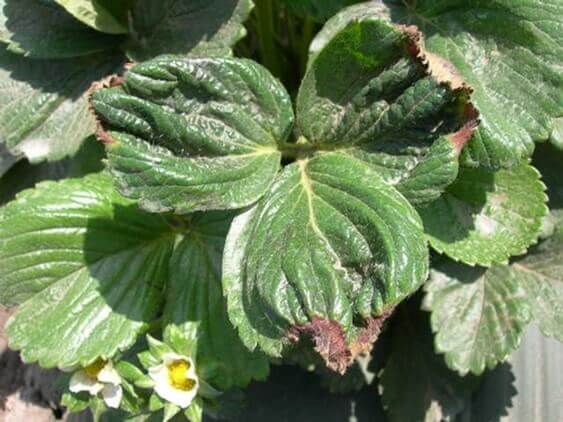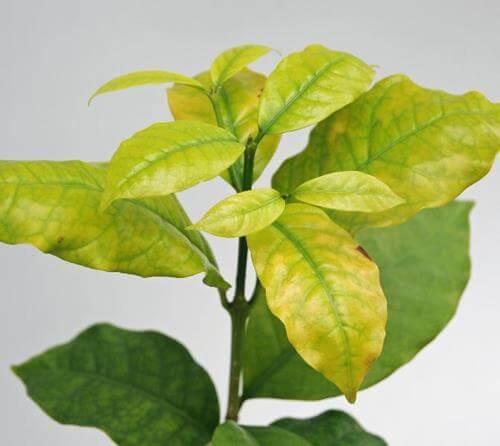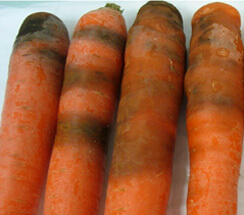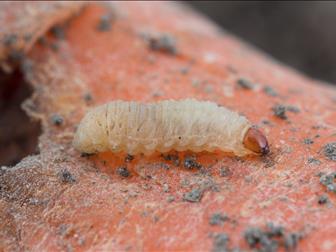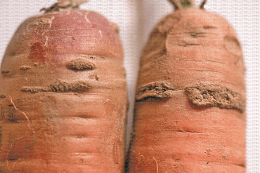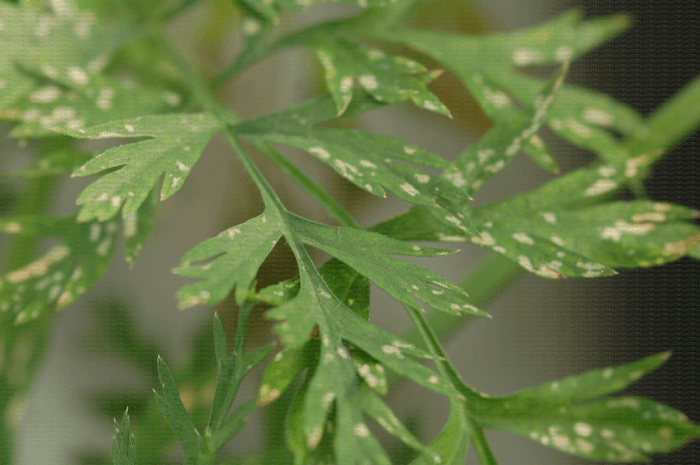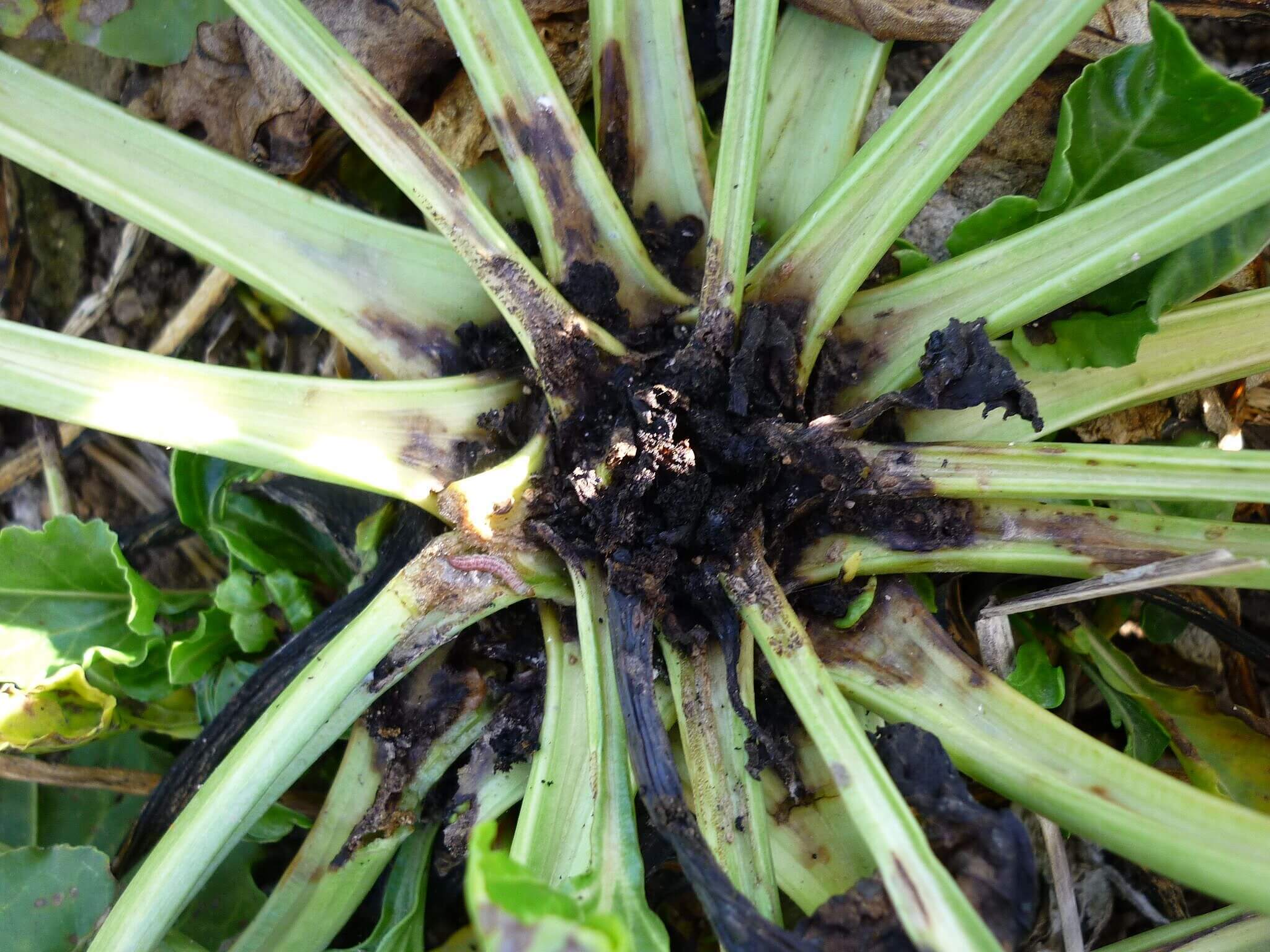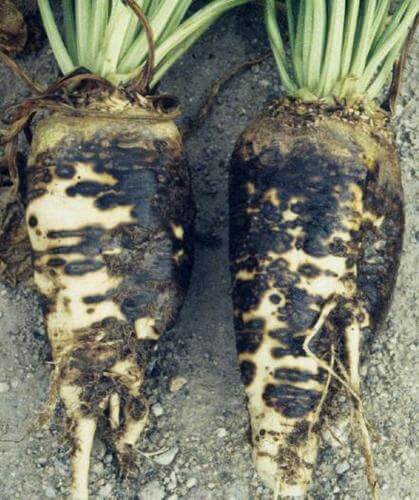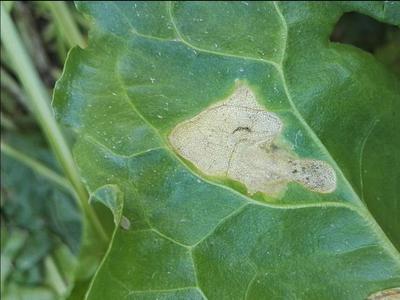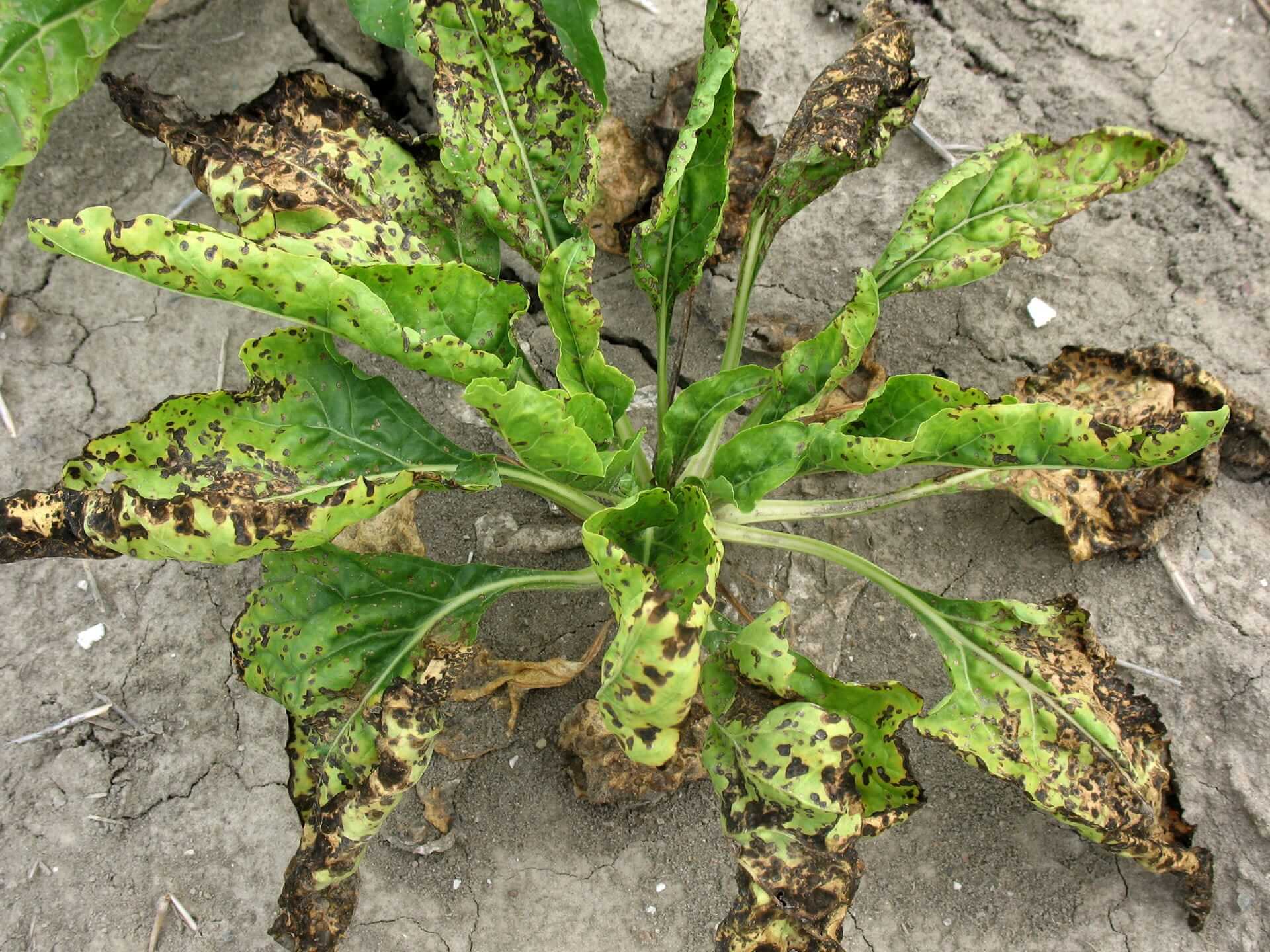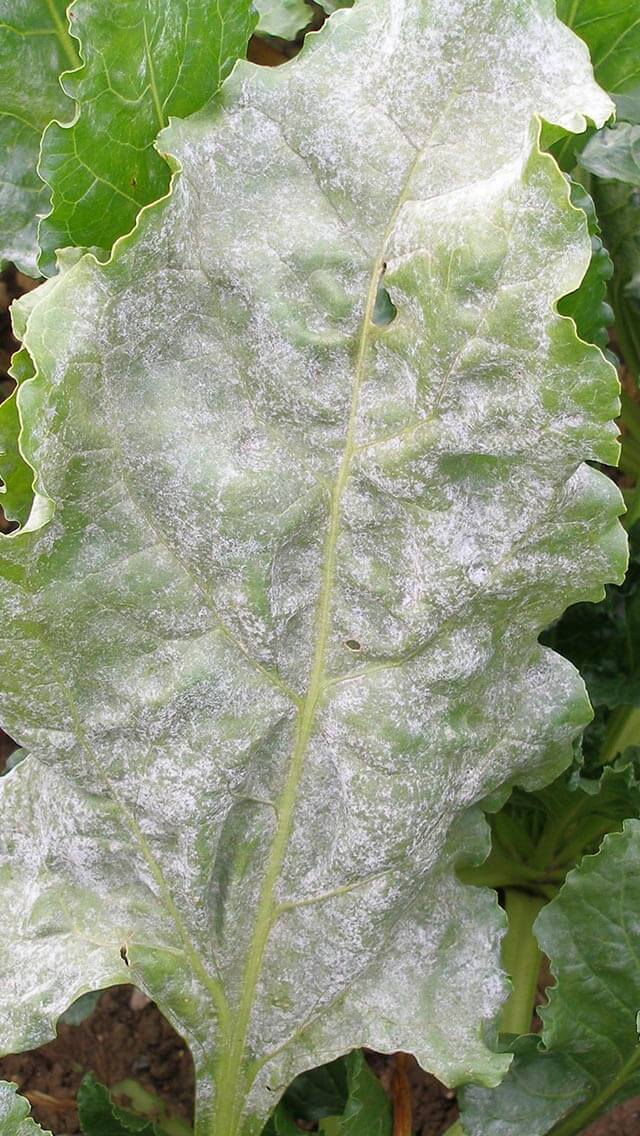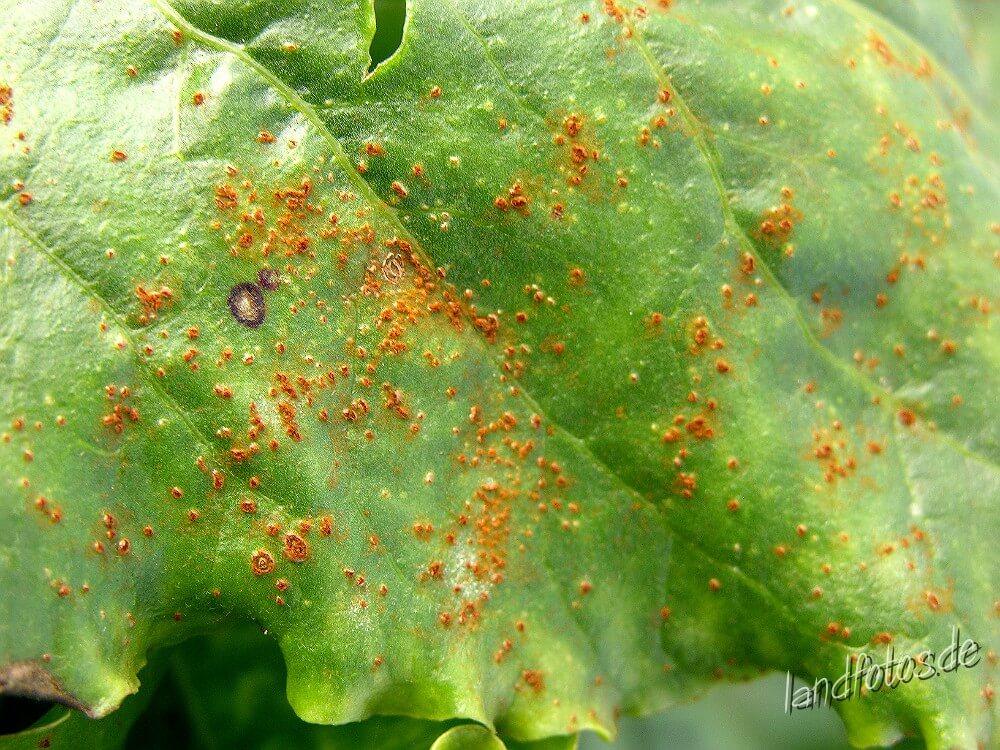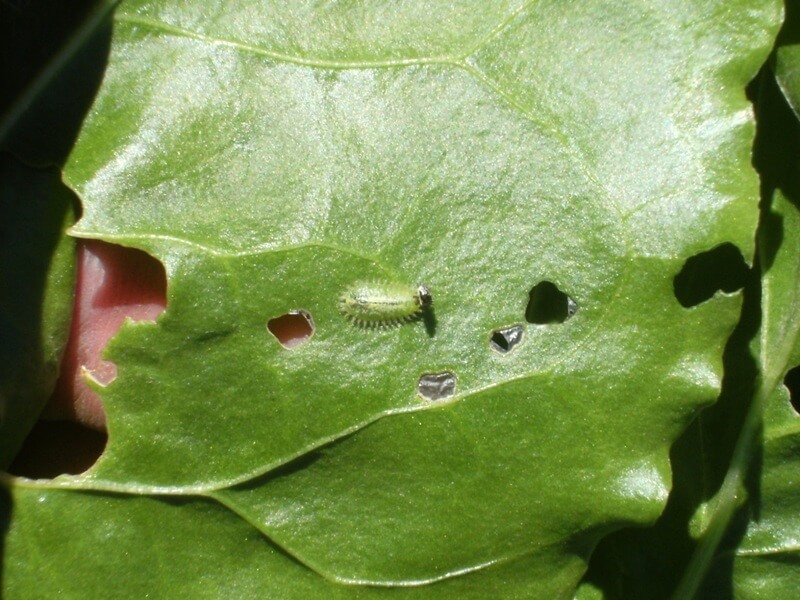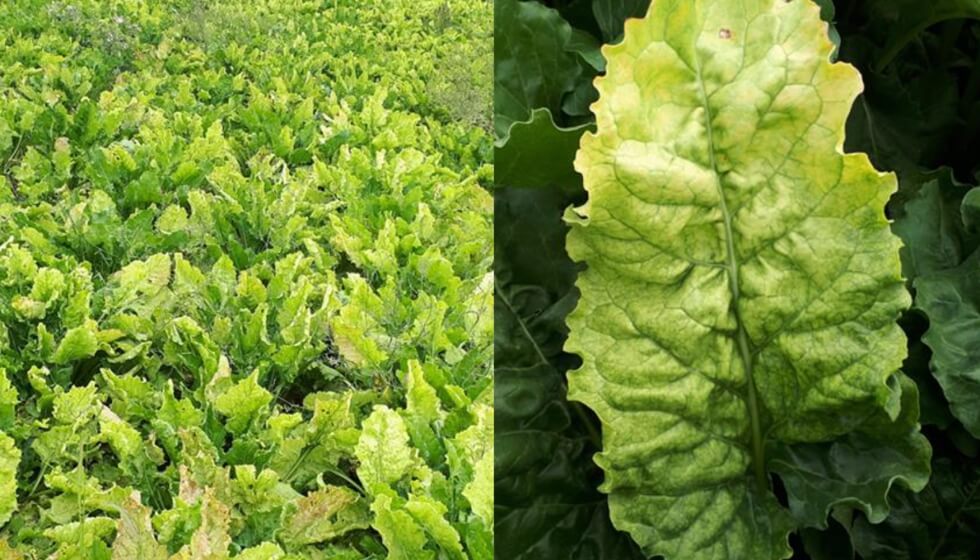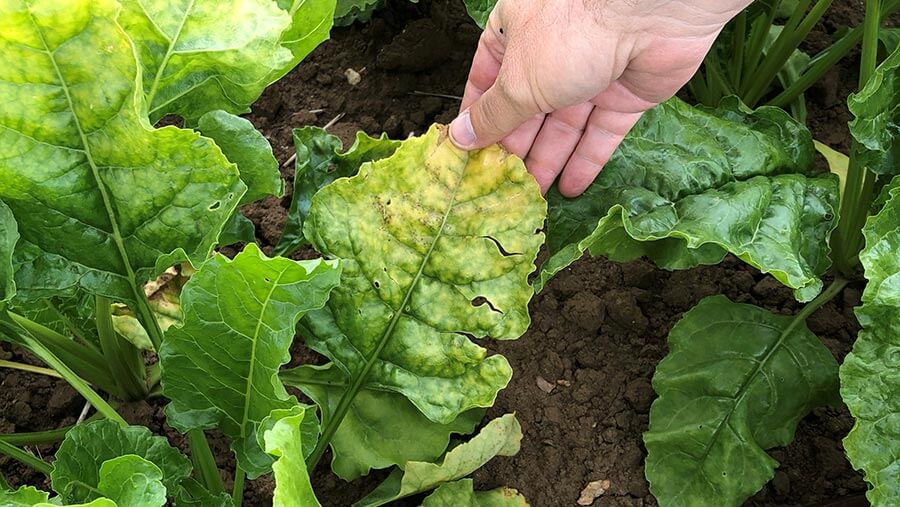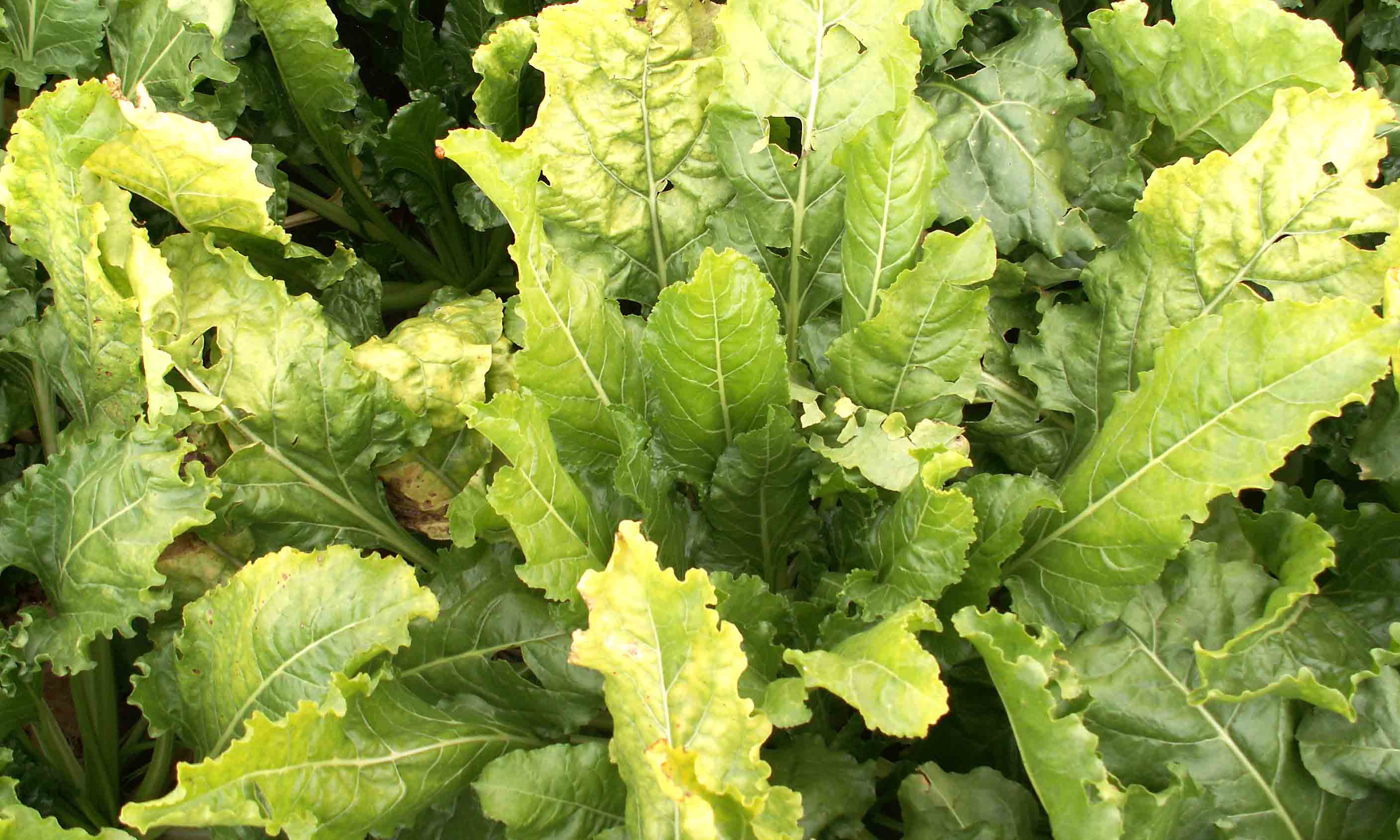
Rosal
How to recognize and combat powdery mildew on roses
Powdery Mildew
Fungus
Type:
Risk to the plant:
INTERMEDIATE
Podosphaera Pannosa
Pathogen:

Oídio
WHO CAUSES IT?
Powdery mildew, also known as white ash, is a fungal disease caused by various fungi of the genus Erysiphales. This pathogen affects a wide variety of plants, including roses, and manifests itself as a white or grayish powder that covers the leaves, stems, and sometimes even the flowers and fruits of the infected plant.
SYMPTOMS
In rose bushes, powdery mildew can cause serious damage if not properly controlled. Symptoms include powdery white Taches on leaves and shoots, which can spread and merge over time, forming a dense layer that hinders photosynthesis and weakens the plant. Additionally, the growth and development of flowers and fruits may be negatively affected, resulting in decreased quality and quantity of production.


DEVELOPMENT CONDITIONS
Temperature:
18°C - 25°C
Humidity:
60% - 80%
HOW IS IT SPREAD?
Wind, direct contact between infected and healthy plants, as well as passive transport through gardening tools, hands or other contaminated objects.
HOW TO ELIMINATE IT?
Home treatments
There are no home treatments
Natural allies
Chemical treatments
There are no treatments for this disease. Treatments are directed at the insect vectors that transmit it. See insect treatments.
RECOMMENDED PRODUCTS TO ELIMINATE THE PEST
Sponsored link
Sponsored link
Sponsored link
Sponsored link
Sponsored link
Sponsored link
Sponsored link
Effective against all types of fungi
Sponsored link
Sponsored link
Sponsored link
Sponsored link
Sponsored link
REPELLENT PLANTS
-
RECOMMENDATIONS





















